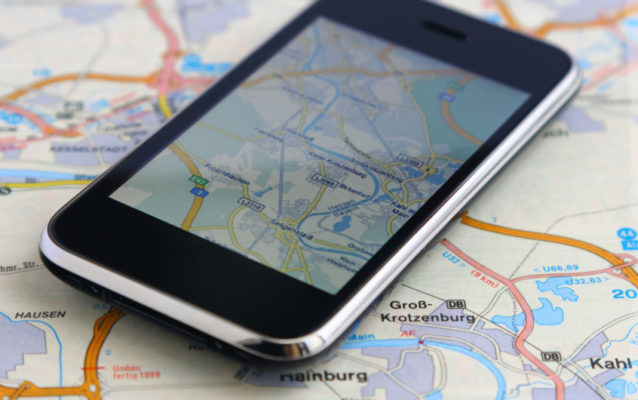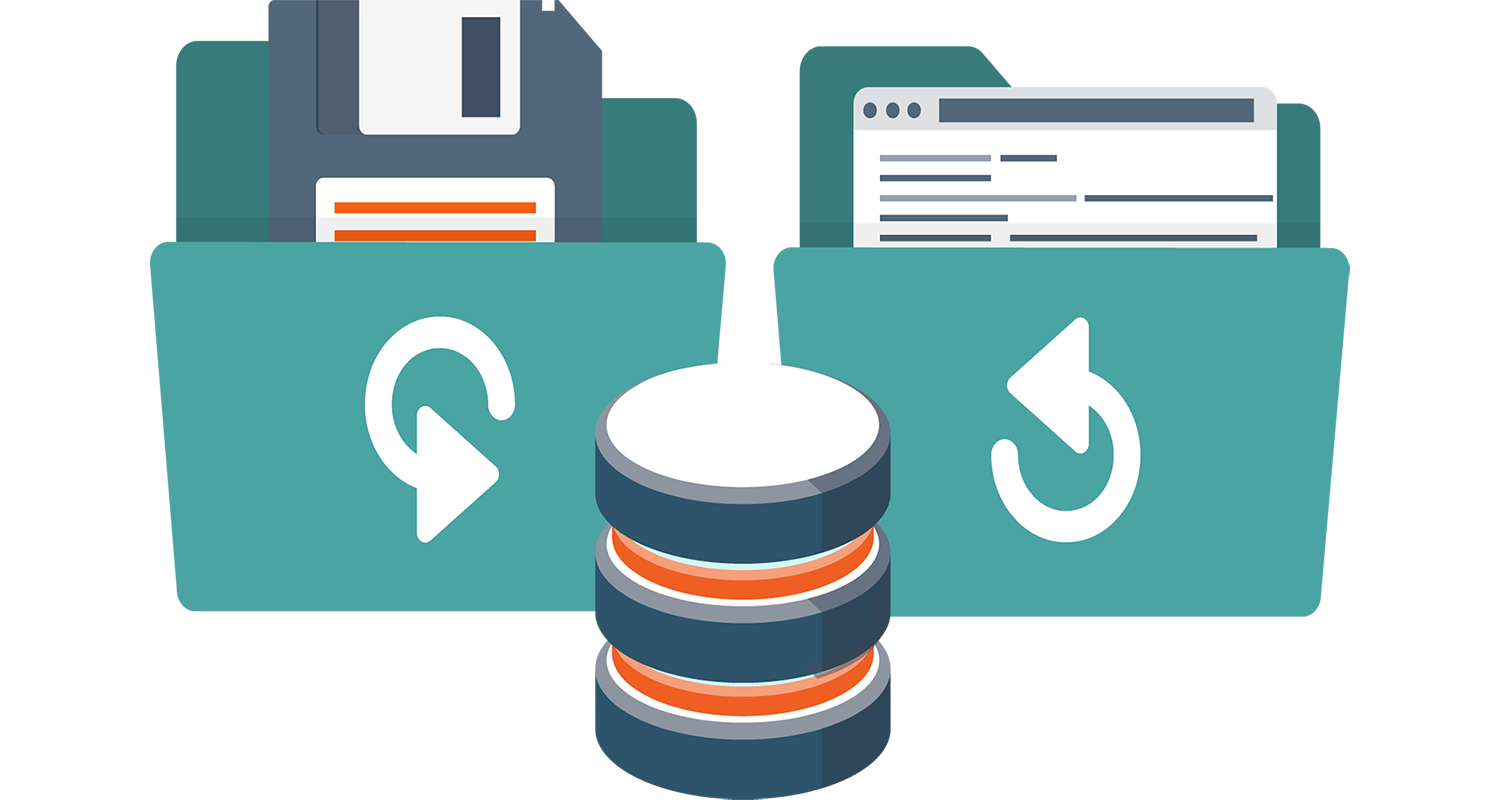Why Get A Tablet Based POS System

The reason iPad and Android POS system is becoming more and more popular is that you can often use a tablet you have. What is more, the upfront investment they require is minimal. Some tablet POS services are free with credit card processing. Others require a low monthly subscription. Many support compatible hardware such as tablet stands, barcode readers, and cash drawers. Some are very basic, while others can manage complex inventory situations and employee time tracking.
Tablet POS systems are good for gift shops, mobile vendors, quick-service restaurants, salons, juice bars, coffee shops, sandwich shops, small retail stores, professional services, art galleries, small theaters, pizzerias, and ice cream parlors. As they are usually cheaper than a local server POS, tablet POS systems are best for smaller to midsize businesses like the above.
Table of Contents
Tablet POS Selection Criteria
There are a few different criteria you should use to compare platforms if you’re a retailer looking to switch to a tablet POS system. These include price, support, customer feedback, and functionality. Price is always a top factor to consider when choosing a solution. You need to pay attention to fees and other costs depending on how many stores you own.
Each platform will have core functionality that all retailers need like inventory count, product lookup, and fast checkout. It’s the extra features like customer management and reporting that determine your business’s success. To see if a platform can be trusted, always look to a company’s current users.
Your tablet POS software should be able to integrate well into the long-term vision of your business. It will need to integrate with your accounting software or an e-commerce store in case you decide to take your business to the next level.
Finally, you need reliable support, because the software won’t always work optimally.
Only Work with Vendors you Trust
Only work with a vendor you can trust. Do searches on them and continue even after you’ve selected their product. Do searches on a regular basis. This will prevent a poor choice of a costly, time-consuming system that will require endless staff training. Your vendor should have a proven track record. Don’t choose them if they’re not offering support and updates, for example.
Consider the potential payoff
A POS system can be a big commitment. When analyzing the impact the new POS may have on your bottom line, you should look at the time spent on staff training and data alignment and if the system will reduce waste. Does it include inventory management tools?
A system that doesn’t let you send registered customers targeted campaigns or support loyalty program implementation won’t help you increase repeat visits.
Fast and reliable
Good business is all about speed and quality. You don’t have time for a slow or unresponsive POS. It should be able to accept different types of payments, have a relatively low time per transaction, have an intuitive interface, and enable customization to each staff member’s role. Ask if the system can work offline. Will you still be able to take orders and process sales?
The point of having and running a POS system may be to save time and money, but a lot of businesses that just get one without taking the time to look into it are not fulfilling their system’s full potential. Increasing ROI and improving productivity is an ongoing process, not something that you can achieve all at once.
Automation
Automation in retail can help your business increase its growth and efficiency. It offers different industries the same type of software and has huge exposure to different companies. This also helps them understand and make accurate predictions about what will really work. Automation makes it possible for them to share their observations so that customers get an idea about their expertise, experience, and intelligence.
A full-scale POS system enables retailers to efficiently manage all their POS and back-office activities. We recommend an all-inclusive software system that helps small to medium-sized stores and chains improve business intelligence while operating more intelligently and quickly throughout the entire retail environment. POS software has loads of features to optimize inventory management and take the guesswork out of purchasing decisions.
A professional POS system addresses the needs of businesses in many industries and sector, including convenience stores, grocery stores, apparel, fashion, and sporting goods, speciality stores, liquor, gift shops, and more.
Usable and Pleasant
The battle between the two when designing a POS interface is a tough one. Many POS systems are terrible to look at, but people who got used to them appreciate certain things that work as shortcuts. It is crucial for designers to know and understand everything about these quirks and then to figure out the underlying principles of ergonomics so they can apply them in a way that is both current and facilitates the overall aesthetic of the interface.
Fewer order and transaction errors
If any at all. Restaurants with table service in particular will benefit from a POS system’s capacity to eliminate order errors by allowing them to be recorded on hand-held devices and sent to a kitchen display system directly. The potential of mistakes due to servers re-entering information from paper orders into a terminal or trying to decipher handwritten orders in the kitchen is gone.
A retail POS system lets you ring up customers’ purchases using a barcode scanner instead of having to enter the SKU number and price of each item manually into a traditional cash register or keyboard. Some stores, especially those with limited inventory, use POS systems with touchscreens and preset keys, again minimizing the risk of transaction errors.
Maximizes Efficiency
Communication is key when it comes to businesses like a restaurant. In particular, you need good communication between kitchen and wait staff. For example, the cook can’t read the server’s handwriting. They waste valuable time in additional communications that could be better used turning tables and serving customers. What is more, incorrect orders are often made in the kitchen in such situations. This results in food waste and customer dissatisfaction. When using a POS, cooks get a neatly printed order that’s perfectly legible.





